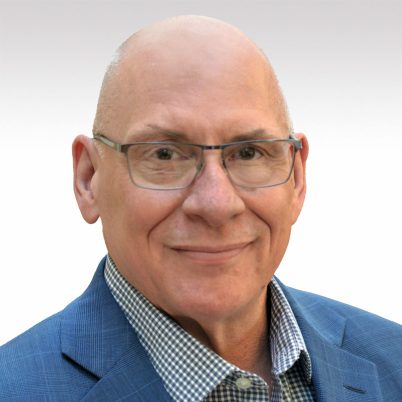Federal Healthcare Director sees challenges, opportunities for the VA

IMEG Director of Federal Healthcare Armand Harpin discusses his role and the challenges facing federal healthcare facilities in the following Q&A.
Q: Describe your role as IMEG’s Director of Federal Healthcare.
A: I have the oversight and responsibility for all the federal healthcare work that IMEG does nationally for the Veterans Administration and the Department of Defense healthcare systems. I create and maintain relationships in this market with the healthcare systems, small businesses, set-aside firms, and major federal healthcare architecture firms with whom we partner. I also work extensively with our internal leadership to determine the best way to staff the many projects we are fortunate to work on.
Q: What are some of the major challenges facing federal healthcare? No. 1, their acute care hospitals across the country are an average of between 50 and 60 years old. These facilities have aging infrastructure, cramped and outdated layouts, and in general are not able to effectively deliver the healthcare needs veterans have today. No. 2, the VA has always funded their work piecemeal and therefore projects end up being completed in multiple phases over many years—and that’s not conducive to a successful, integrated campus. Fortunately, they have been examining their funding mechanisms and alternative methods of delivery and execution of new construction as opposed to using design-bid-build for everything. These are both very big challenges.
Q: What’s your outlook for the VA in the next five to 10 years?
A: I think there are a lot of very positive things ahead for the VA. They do have some huge challenges in front of them, as previously noted, but they also have some very smart people who can help turn things around. So, I’m very excited and optimistic about what they might be able to accomplish.
Q: What distinguishes IMEG in its ability to bring solutions to clients?
A: Along with being a multidisciplinary firm, we are constantly evolving our services to meet the needs of our clients—and help them be better stewards of their valuable resources, while also increasing positive patient outcomes. Our Healthcare Information Technology (HIT) service, for example, helps clients utilize technology in a multitude of ways to help improve outcomes for their patients. Not only do our HIT experts have a deep knowledge of the software and technology available today, but they also have business case experience and past clinical experience to understand what nurses, doctors, and patients need.
Q: What benefit does IMEG bring to its partner firms in the federal healthcare market?
A: Most of our federal healthcare work is with the VA, and much of that is in partnership with service-disabled set-aside architecture and engineering firms. We bring additional resources to these small businesses, enabling them to successfully execute their work. We’re fortunate to be able to mentor some of these firms and help them grow in their business acumen and deliver projects that bring positive outcomes to our veterans.
Q: Does not being an engineer bring a different perspective to your work?
A: I bring a dual perspective to the job. One, I have spent 14 years working side-by-side with many of IMEG’s thought leaders, and so I have learned what we do and why we do it a certain way. Second, because of my business development background and experience working with VA clients, I have developed the perspective and understanding of federal clients’ common challenges and needs. Because of this I have been able to help our firm develop new initiatives and services to meet those needs.
Q: What’s one of your prime motivators in the work that you do?
A: Playing a part in helping federal healthcare agencies deliver care to our veterans and active-duty personnel. Our veterans—as well as our active-duty personnel—deal with a lot and as a nation we’ve probably not done a very good job of helping them. The good news is that this is changing, and I am optimistic about the VA’s mission to deliver more comprehensive care.












